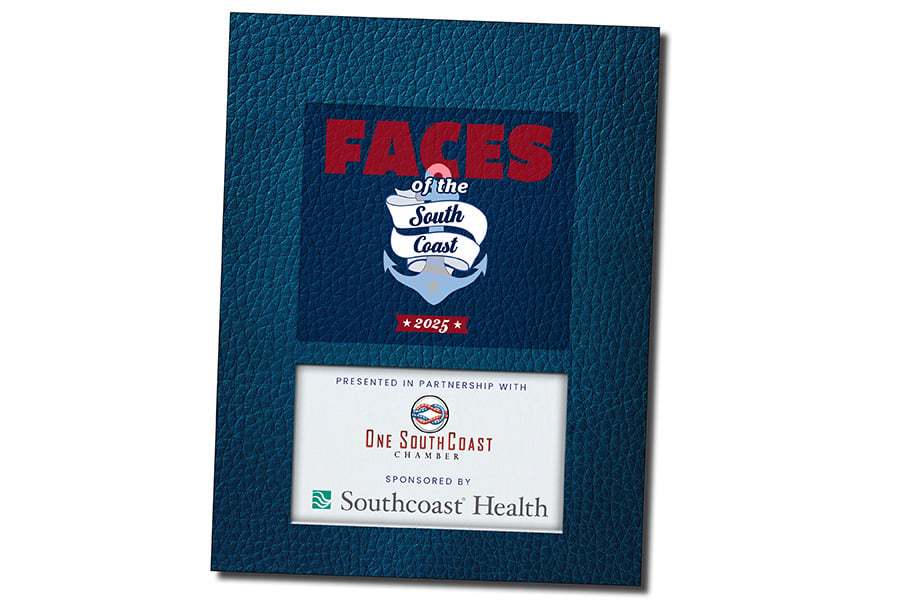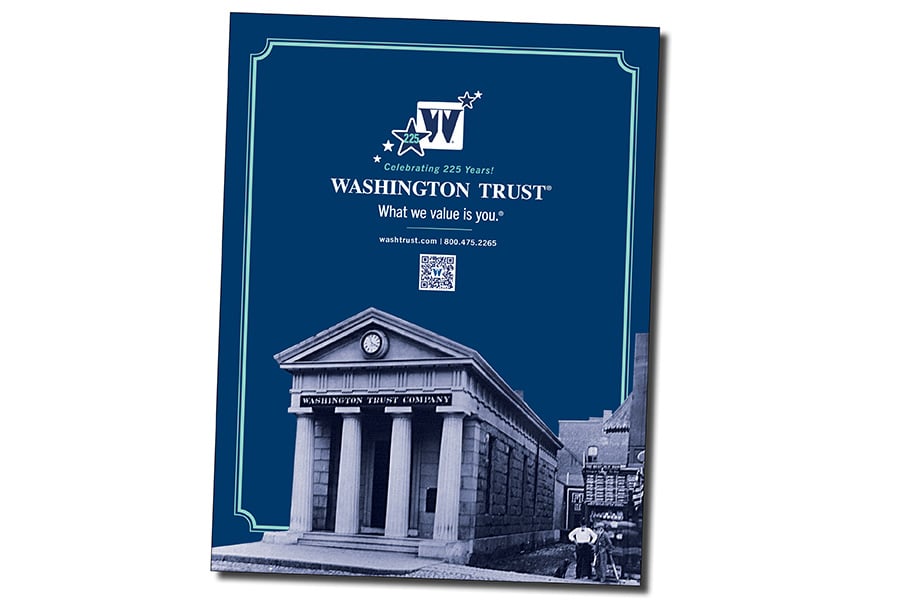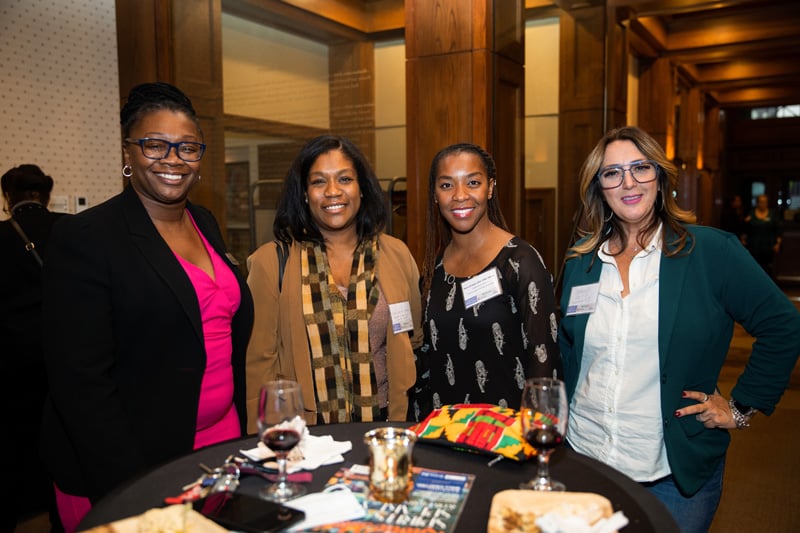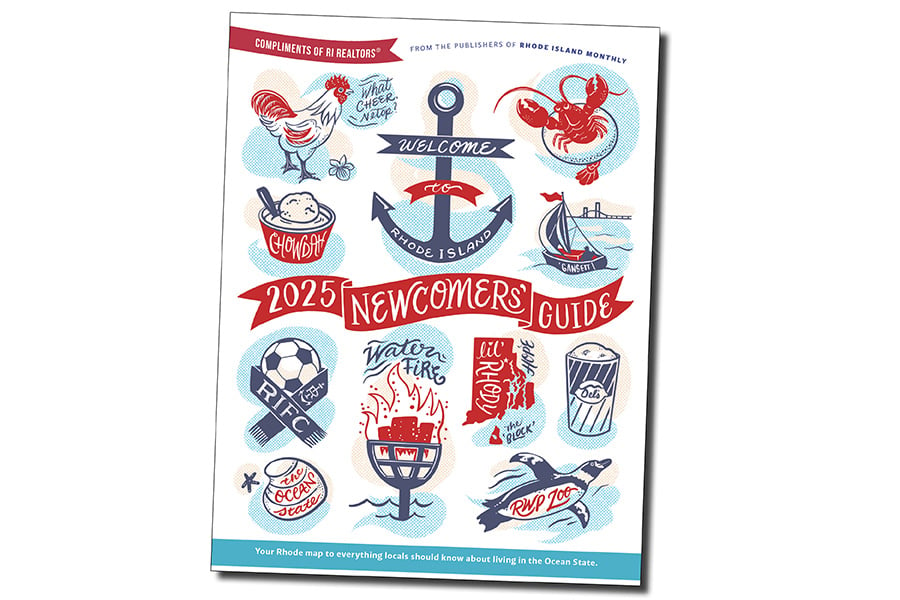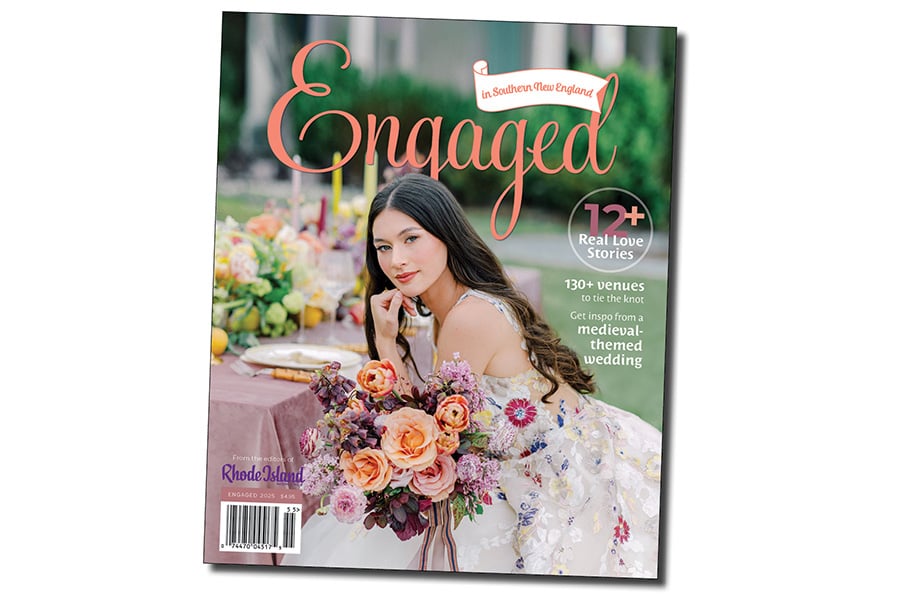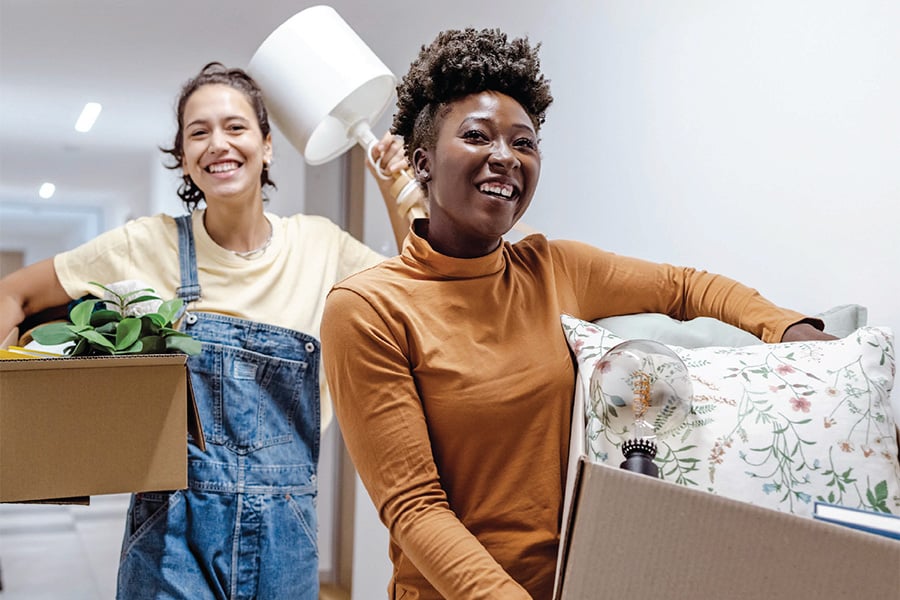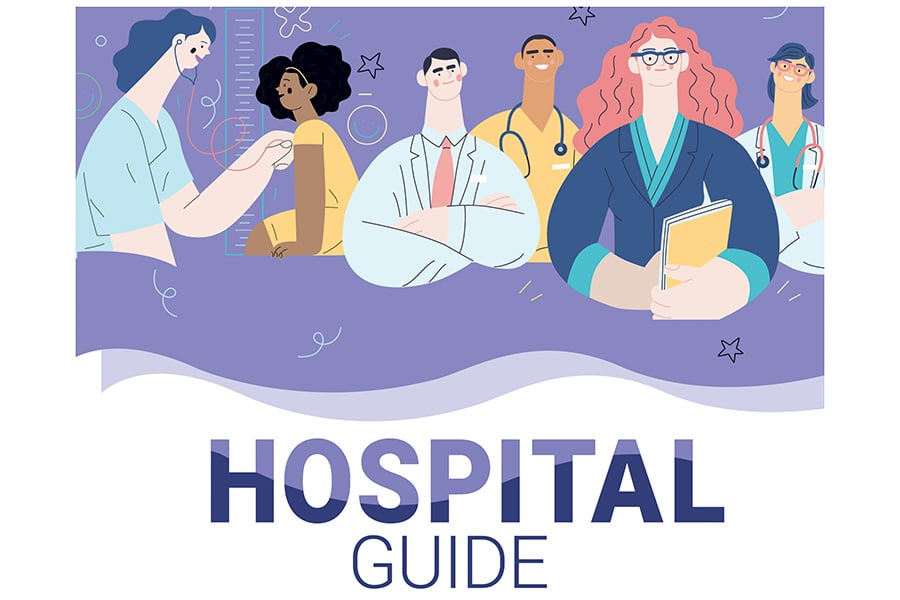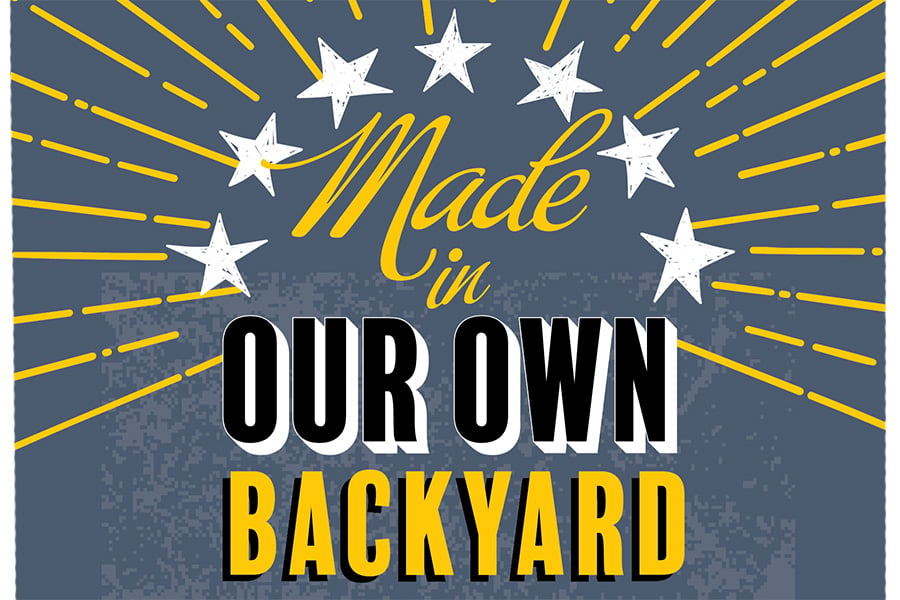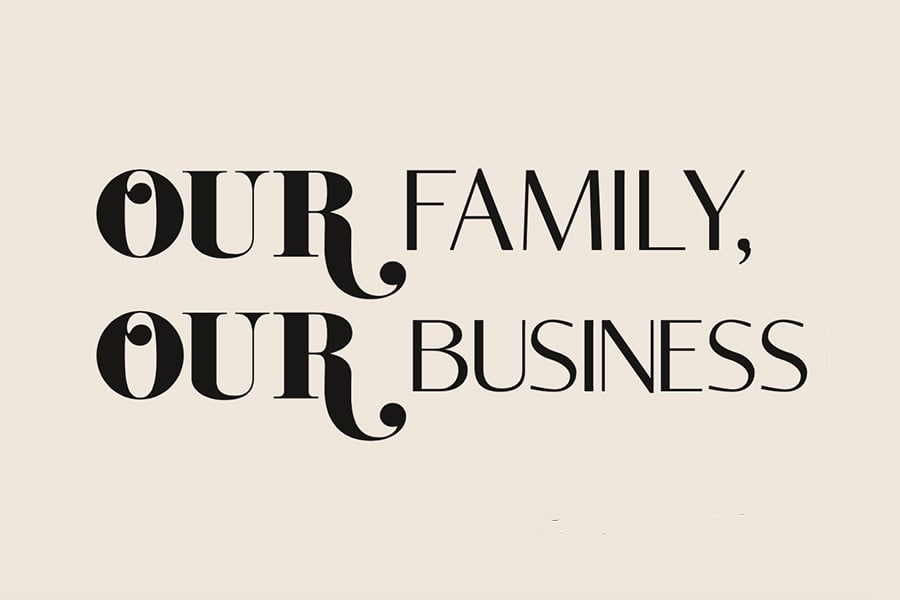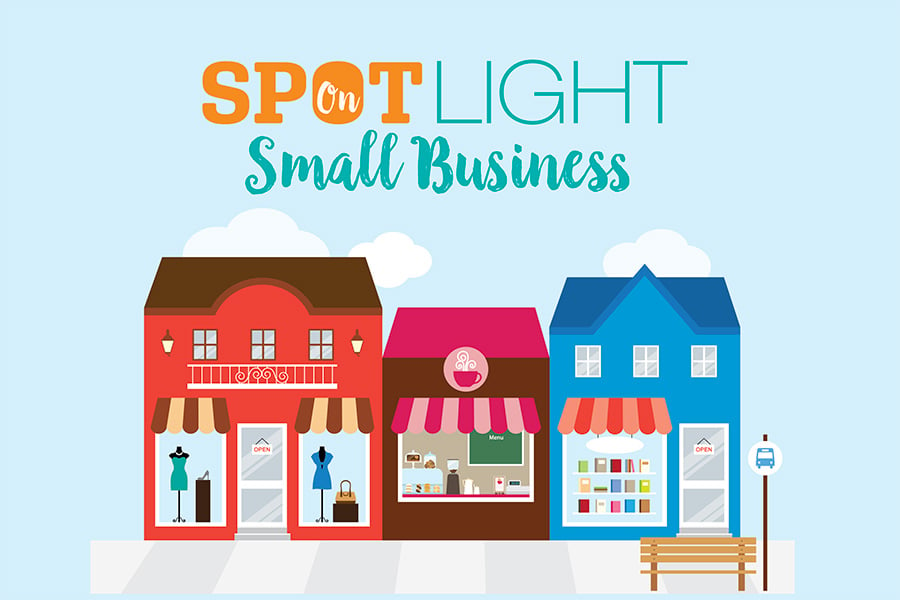All About Trash in Rhode Island
How we can reduce, reuse, recycle and rot our way to a cleaner, more sustainable Ocean State.
Got Worms?
How a hobby grew into the region’s largest vermiculture operation. By Casey Nilsson
Nancy Warner is a reluctant worm wrangler. Back in the 1990s, when she lived in Maryland, Warner was all about Angora rabbits: the fluffy kind raised for their wool, which she sheared and spun into fiber art.
“But I found that the flies coming after the manure were just too bad,” she says. After a bit of research, she learned worms could solve the stench problem. They’d consume the bacteria in the manure, which creates the smell and attracts flies. And, bottom-side bonus, the worm castings (read: poop) were great for her plants.
Warner stuck a bucket-full of worms beneath her rabbit cages and considered her problem solved, that is until she moved with her rabbits and husband to Charlestown, reconnected with a long-lost friend and — a gesture only old chums could pull off — gifted her a bucketful of red wigglers.
“She thought they were wonderful,” says Warner. Shortly thereafter, a local community-supported agriculture program asked the friends to write a newsletter article about their hobby. Worm orders began slinking in and the women decided to go into business. Almost immediately, the Worm Ladies were backordered.
“Then it just started to get to be too much, so we decided to get incorporated,” says Warner.
Her partner left the business in 2009 — when it was still operating out of their backyards — but the interest never ceased. So one worm lady assumed the work of two, growing the business to what it is today: a bona fide vermiculture operation out of a hoop house at Schartner Farms in Exeter. There, Warner introduced a sifter that separates compost from “the most beautiful castings” for sale for gardeners, she says. She also maintains a brewer for worm tea — a favorite amongst the region’s marijuana growers. Warner says the coronavirus pandemic only increased the demand.
“The virus has made such a difference because people were getting into food and gardening and composting and worms,” she says. “And getting worms and raising them was much harder than we thought. People who used to be my customers would sell me their worms wholesale, but that wasn’t enough.”
She often sourced from the West Coast — where, unlike Rhode Island, the climate encourages year-round mating — but shipment issues resulted in boxes full of dead worms. (Such imagery puts our own postal complaints into perspective.) Recently, though, she connected with a South County horse farm with a plentiful supply of worms. It’s a promising partnership that could help the business grow more than ever before.
Warner mentions the show “Blue Collar Millionaire” — how one of the millionaires is a vermiculturist like herself. But she doesn’t think she’ll get rich raising worms. Maybe someone else will: folks she inspired through her children’s book, What is a Red Wiggler?, or the budding worm farmers she’s training in her new incubator program. There’s never been more interest in the work, she says, both for individuals and on the state level.
“The state decided that big operations — over 100 tons of food waste — couldn’t take it to the dump so many people started compost businesses,” she says. “So that put a whole new emphasis on worms.”
At eighty years old, the work is a lot for her, even with a few part-time helpers. But Warner sees the operation as more than just a business.
“It’s a mission project because you see what people are doing to the soil and you know this works,” she says. “It’s a win-win situation: You’re taking your garbage and making this wonderful soil enhancer. I’m sold on the product, for sure.”
Buy worms, compost tea, fresh castings, home worm bins, reading materials, red wiggler earrings — seriously! — and more at wormladies.com. –C.N.
Vermicomposting 101
The worm lady gives us the scoop:
● Start off with a small two-by-three-foot tote — the kind you get from Walmart. Drill some holes on all four sides of the bin.
● Put in some shredded coconut for bedding along with shredded paper, dryer lint and a bit of dirt. The bedding should about six inches deep.
● Add your bucket of worms. (Worm Ladies’ buckets are packed with up to 1,000 worms!)
● Whenever you have them, top with fruit or vegetable remnants, coffee grounds, egg shells and other compostable materials. No meat or dairy and not too much citrus. Worms can eat through a half a pound of compost a day.
● Make sure it stays wet like a sponge.
● When you’re ready to source your castings, separate the worms out (her website, worm
ladies.com, has three techniques), remembering to remove the threads, or babies, with the worms



